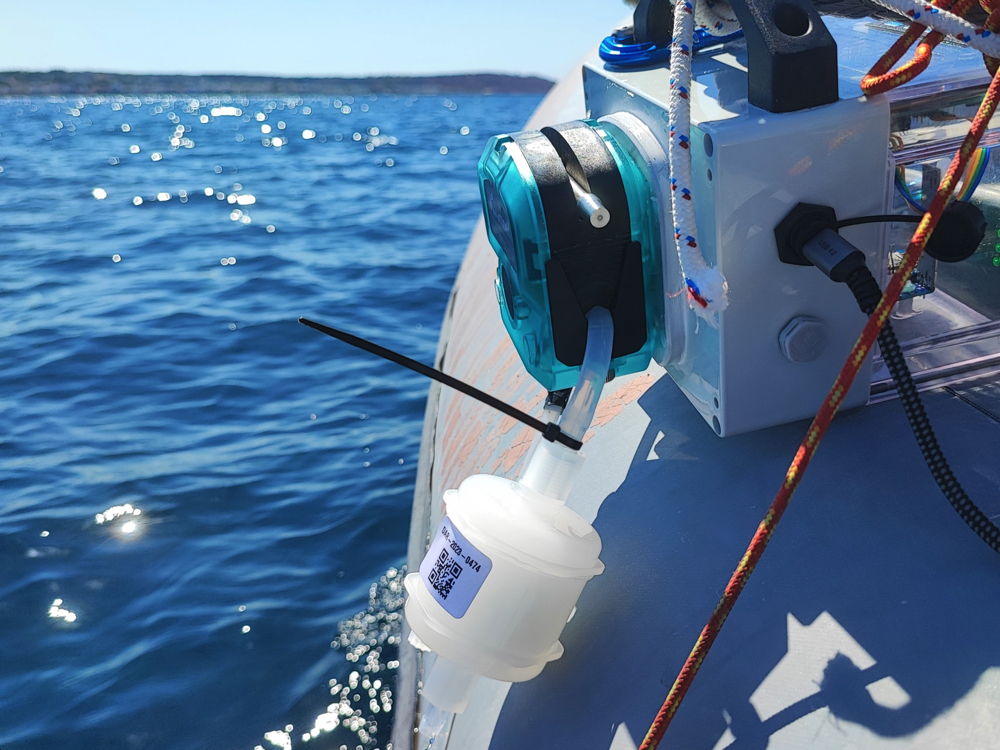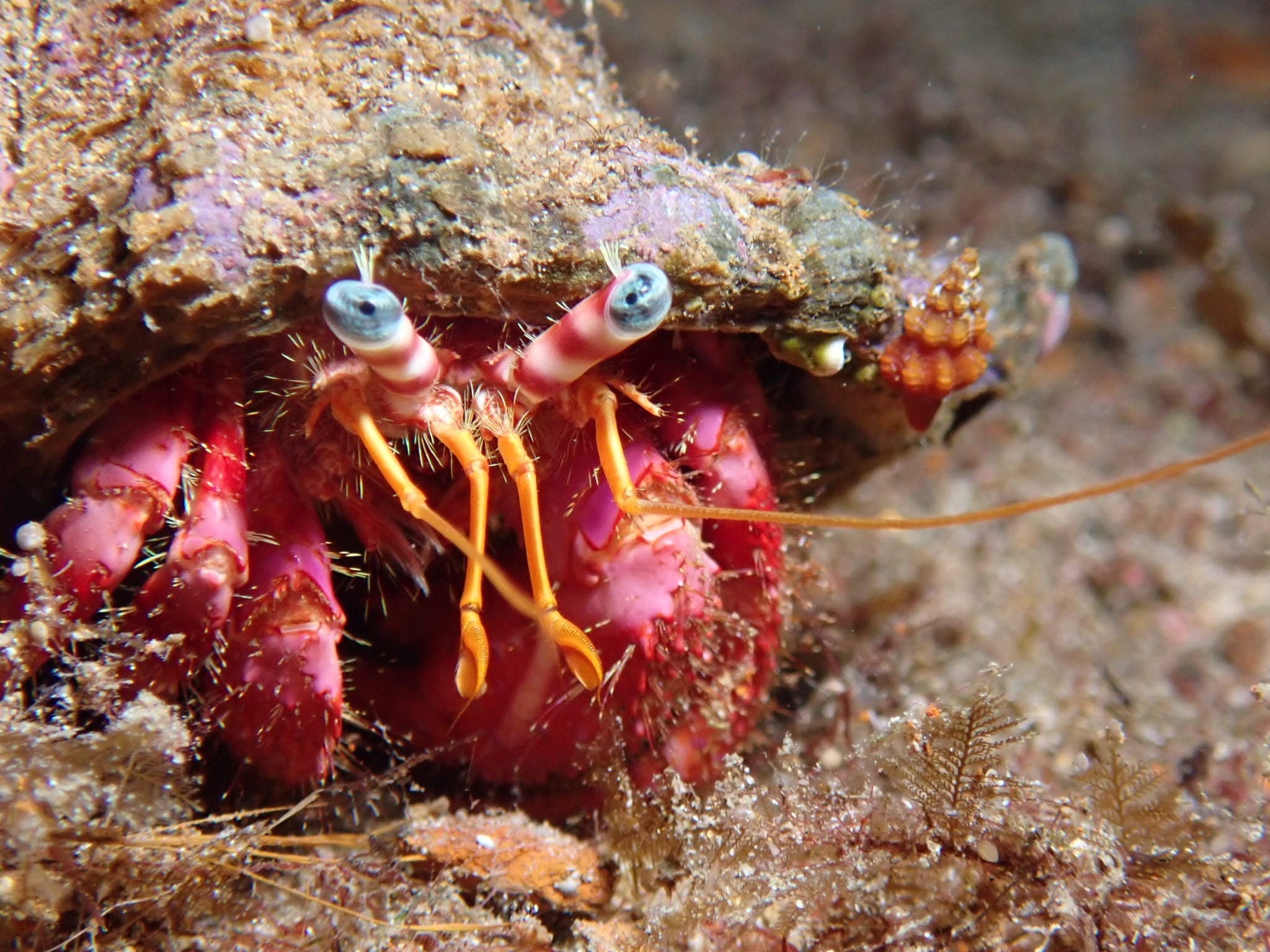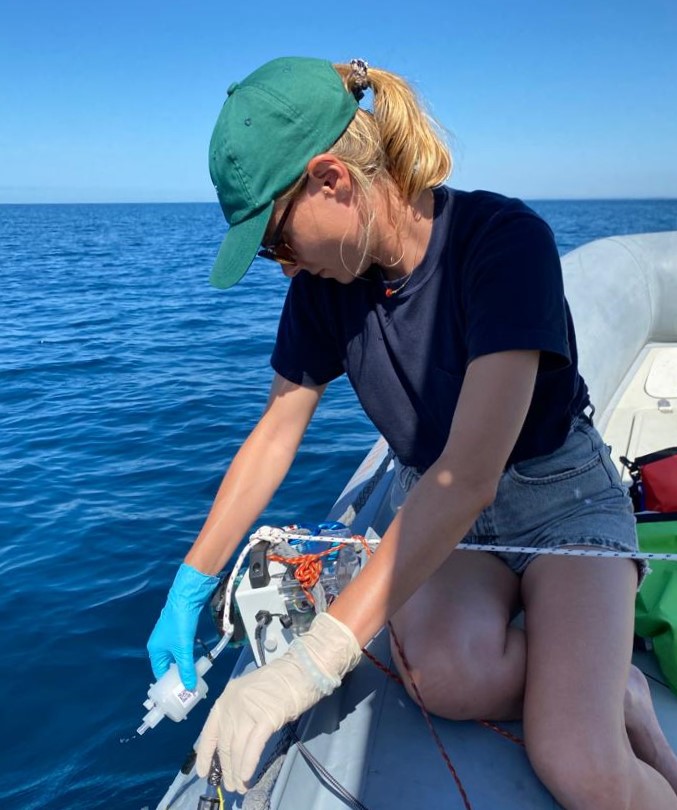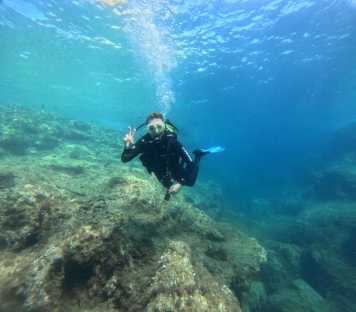ACTNOW
Environmental DNA monitoring as part of the ACTNOW project
The eDNA biodiversity monitoring is part of the WP 2 and WP 5 within the ACTNOW project (Advancing understanding of cumulative impacts on European marine biodiversity, ecosystem functions and services for human wellbeing, external page https://www.actnow-project.eu/). Started in 2022, the ACTNOW consortium gathered around 34 partners across 16 countries. The project is designed to address the important goals of “HORIZON-CL6-2021-BIODIV-01-04 - Assess and predict integrated impacts of cumulative direct and indirect stressors on coastal and marine biodiversity, ecosystems and their services”. Representing a state-of-the-art initiative, ACTNOW offers regulators and policymakers the essential knowledge and tailored tools to mitigate biodiversity decline in marine coastal and open water environments impacted by human activities. ACTNOW will be completed in 2026 and is committed to providing scientific support to regulators charged with implementing adaptation and mitigation measures.

Environmental DNA metabarcoding is an innovative solution for long-term monitoring
Among ACTNOW global objectives, the ETH Zürich is responsible for environmental DNA (eDNA) monitoring of marine biodiversity. Organisms release DNA through skin, feces, and secretion, leaving genetic imprints in the environment, which can be retrieved using eDNA metabarcoding. The recent development of eDNA metabarcoding technique is marking a transition towards unprecedented levels of resolution and detail for biodiversity assessments. This technique is revolutionizing the monitoring of marine biodiversity as it provides more accurate, time-saving, cost-efficient and broader standardized biodiversity assessments than classical census methods particularly for small, rare and elusive species and complex habitats like reefs. EDNA metabarcoding might also help to follow the potential spread of non-native species associated with climate change.

Here, at the ETH Zürich, we are setting up a pioneer eDNA monitoring across the Mediterranean Sea, targeting rocky subtidal habitats protected under varying conservation status. The Mediterranean Sea is the largest semi-enclosed sea on the planet, and one of the main reservoirs of marine biodiversity; it contains between 4 to 18% of identified marine species while covering only 0.82% of the global ocean surface. However, on an EU scale, it is also the region with the strongest evidence of habitat loss, although with limited knowledge of the key drivers. Our research primarily examines the distribution of fishes, inside and outside MPAs across the Mediterranean Sea. We are investigating the sanctuary effect of these reserves against challenges like climate change, invasive species, and overfishing, with the goal of enhancing decision-making tools. This project is particularly timely and critical, given the EU Biodiversity Strategy's objective to expand the MPA network to cover 30% of European seas by 2030, with at least 10% under strict protection.
By enhancing our understanding of present biodiversity through the identification of impacted-resilient sites, we aim to:
- Provide a state-of-the-art of the current biodiversity across the Mediterranean Sea, using a standardized eDNA protocol for multi-location sampling.
- Detect new invaders and track their proliferation routes throughout the Mediterranean Sea.
- Offer guidance on the location of new MPAs and the appropriate protection levels required to ensure ecosystem resilience
The project is conducted in collaboration with the MARBEC institute (Montpellier, France), external page https://umr-marbec.fr/en/).

Contact information

Lucie Vanalderweireldt, Ph.D.
Postdoctoral Researcher, ACTNOW Project
external page https://www.actnow-project.eu/
Ecosystems and Landscape Evolution